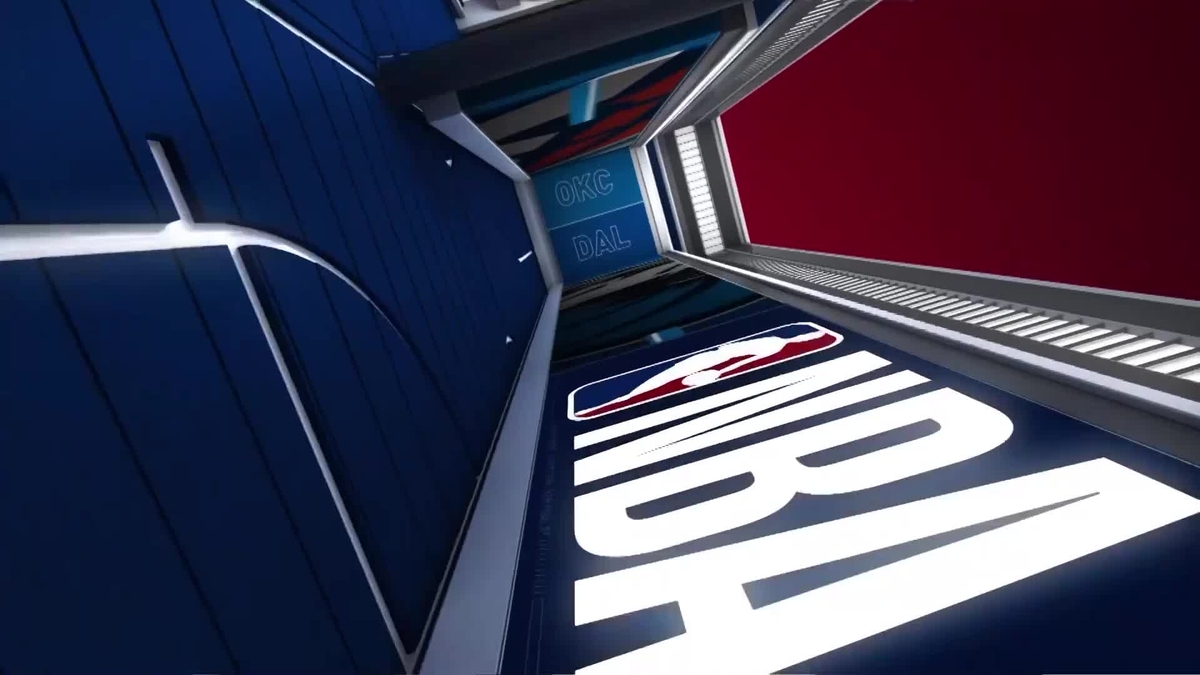Researchers have confirmed for the first time the existence of an exoplanet, a planet orbiting another star, using James Webb Space Telescope from NASA.
officially classified as LHS 475bthe planet is roughly the same size as our own, at 99 percent the diameter of Earth.
You may be interested: Dead NASA satellite returns to Earth after 38 years
The research team, led by Kevin Stephenson and Jacob Lustig-Yeager, both of the Johns Hopkins University Applied Physics Laboratory, chose to observe this target with James Webb after carefully reviewing targets of interest from the Transiting Exoplanet Survey (TESS) satellite. ) follower Containerthat hinted at the existence of the planet.
near infrared spectrometer (NIR) Dale Webb clearly captured the planet in just two transit observations. “There is no doubt that the planet exists. Webb’s original data confirm this,” said Lustig-Yeger. “The fact that it’s a small, rocky planet is impressive for the observatory,” Stevenson added.
These are the first observational results from a rocky planet Earth’s size opens up many future possibilities for studying the atmospheres of rocky planets using Webb.”
According to NASA, of all the telescopes in operation, only Webb is able to identify properties Atmospheres of an exoplanet Earth’s size. The team attempted to assess what was in the planet’s atmosphere by analyzing its transmission spectrum.
Although they cannot deduce what is there yet, they can say with certainty what is not. “There are some terrestrial atmospheres that we can rule out,” Lustig-Yaeger explained. “It could not have a dense, methane-dominated atmosphere, similar to that of Saturn’s moon Titan.”
Webb observed no detectable amounts of any element or molecule. The data (white dots) correspond to a featureless spectrum representing a planet without an atmosphere.
The team also notes that although the planet may not have an atmosphere, there are some compositions that are not ruled out, such as a pure carbon dioxide atmosphere. “Contrary to what might be expected, the atmosphere of 100 percent carbon dioxide is much more compact and very difficult to detect,” said Lustig-Yaeger. The team needs more precise measurements to distinguish an atmosphere made of pure carbon dioxide from no atmosphere at all.
also: James Webb discovered two galaxies like the Milky Way at 11,000 light-years away
Webb also revealed that the planet’s temperature is a few hundred degrees hotter than Earth’s, so if clouds are detected, this could lead researchers to conclude that the planet is very similar to Venus, with an atmosphere of carbon dioxide and always being shrouded in thick clouds. . .
The researchers also confirmed that the planet completes one orbit in just two days, information revealed almost instantly by Webb’s delicate light curve.
Although LHS 475 b is closer to its star than any planet in our solar system, its red dwarf star is less than half as hot as the Sun, so the researchers speculate that it could still have an atmosphere.
Moreover, this new planet is relatively nearby, only 41 light-years away, in Constellation Octane.
Science writing
* With information from NASA

“Beeraholic. Friend of animals everywhere. Evil web scholar. Zombie maven.”


:quality(85)/cloudfront-us-east-1.images.arcpublishing.com/infobae/N6JGVOENRJDQTHF5V7XEB6N6VM.jpg)




More Stories
The municipality plans to create a new website focusing on mental health
Brain Mysteries: What is anorexia, a condition that affects 10% of the world’s population
How do you see the May astronomical phenomenon?